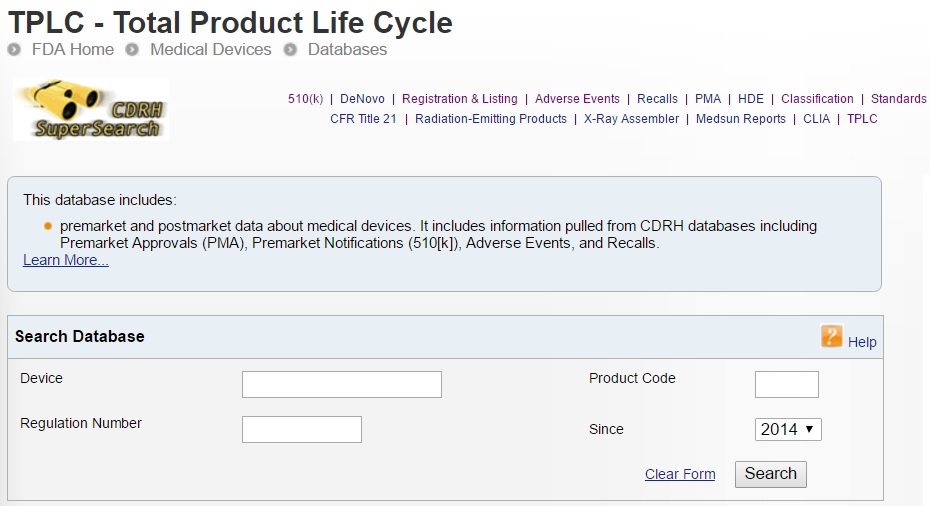The article explains checking adverse event data for medical devices as part of design and development, risk management, and post-market surveillance.
When should you be checking adverse event history?
There are three times when you should be checking adverse event history:
- when you are planning a new or improved medical device, and you want to know how current devices on the market malfunction (design and development planning),
- when you are identifying hazards associated with a medical device as part of your risk management process, and
- when you are gathering post-market surveillance data about your device and competitor devices.
Where should you be checking adverse event history?
Most countries have some kind of database for gathering adverse event data for medical devices, but most of these databases are not open to the public. The most common question I am asked is, “How do you access the Eudamed database?” for reporting of adverse events in Europe. Unfortunately, you can’t access Eudamed. The Eudamed database is only available to competent authorities at this time. The primary publicly accessible database for adverse event reporting is the US FDA MAUDE database. The MAUDE database is also integrated with other FDA databases for 510k submissions and recalls. This combined database is called the Total Product Life Cycle database.
Are there other public databases for checking adverse event history?
Yes. The Therapeutic Good Administration (TGA) in Australia makes adverse event data publicly available. The TGA also has a national registry for implanted orthopedic devices that publishes an annual report. Other countries also have public registries.
When will checking adverse event data for Europe be possible?
The Eudamed database for Europe was created in 1999 by the German organization DIMDI. In 2000 the responsibility for the database was taken over by the European Commission. The latest update is that manufacturers will be responsible for updating the Eudamed database in the future as part of the new European Regulations. This requirement will be implemented during the next years. The database will also become accessible to the public.
When you collect post-market surveillance data, which data should you collect?
Searching for post-market surveillance data should be performed on a risk-based frequency. If you have a brand new device, a high-risk device, or a device that is implanted, post-market surveillance data should be reviewed frequently–either monthly or quarterly. The new European guidance document for clinical evaluation reports (MEDDEV 2.7/1 rev 4) requires that clinical evaluation reports be updated at least annually for these devices. It is also important that you collect post-market surveillance data for both your device and competitor products. Therefore, you should be reviewing all the publicly available adverse event databases. You should also be reviewing your complaint data, and you should be searching for journal articles that may include adverse event data–possibly associated with a clinical study.
Available Resources
If you want to learn more about post-market surveillance data collection, please visit our webinar page. There is also a procedure for Post-Market Surveillance (SYS-019).


Pingback: Usability Engineering and Human Factors Testing for Devices Medical Device Academy